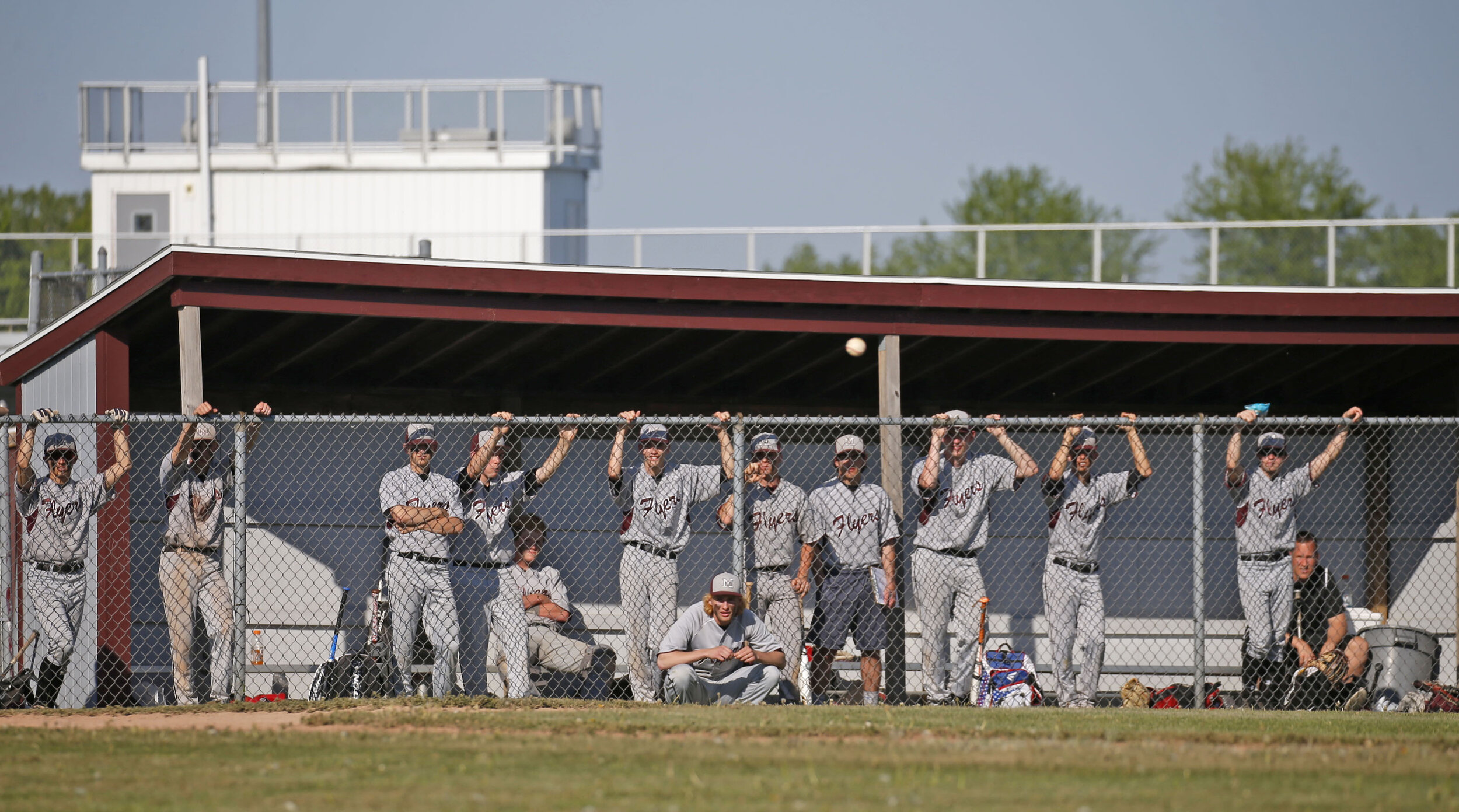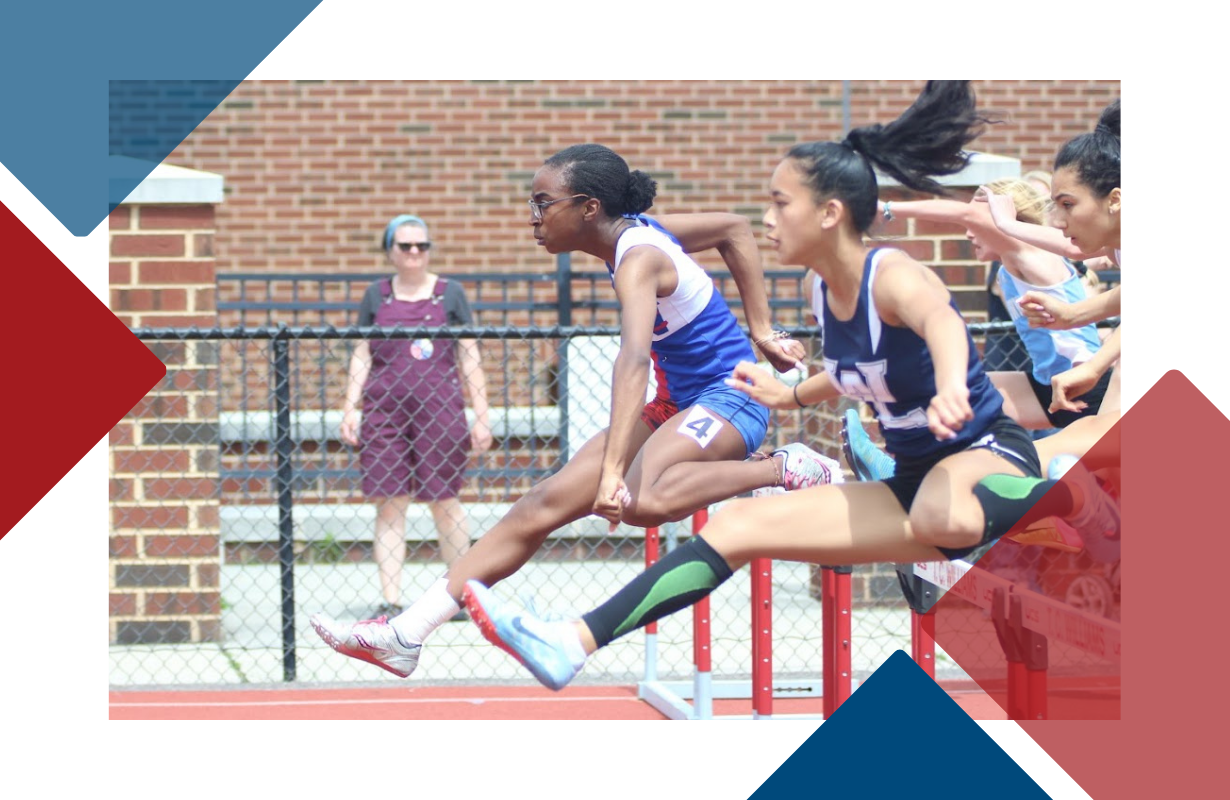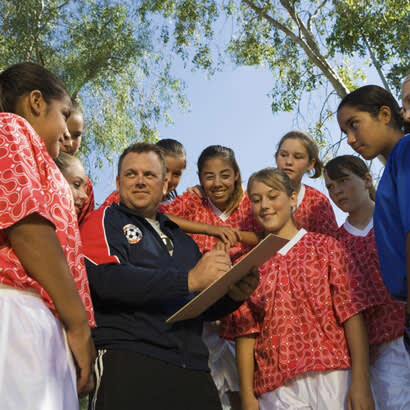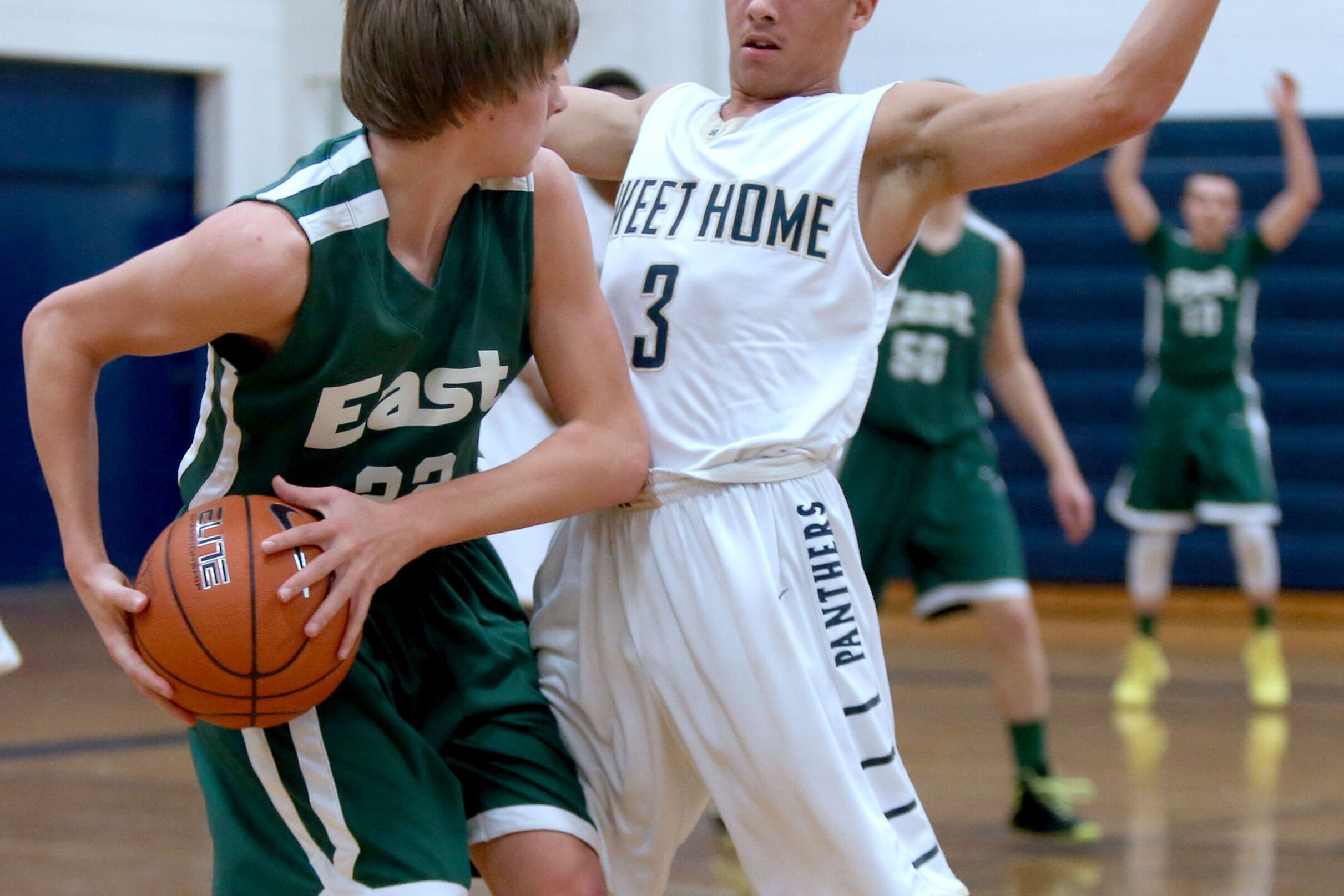While many private club teams have returned to play, plenty of community- and school-based sports are struggling to survive the pandemic and face steep budget cuts, such as the elimination of the parks department in Compton, California, in order to save $4 million. Parents in general are increasingly worried about the health risks of their child returning to sports and expect lower levels of participation when they do come back.
All of this suggests that school leaders and elected officials need to be engaged in the coming months and presented with solutions that can help youth sport providers remain viable over the next 12 to 18 months, with a focus on families and communities of greatest need, according to several nonprofit and corporate leaders.
Project Play’s
Youth Sports Facts
Project Play released new infographics on why active kids and communities do better. The resources help stakeholders communicate the value of sports to mayors and policymakers.
“The sport play movement is not nonessential,” said Renata Simril, LA84 Foundation president and CEO. “I think until we get as an industry speaking as one voice and educating policymakers and school administrators to that fact, we’re going to continue to swim upstream. We have to reset our priorities and make that connection more precisely, more loudly – however we need to get it done – so people see that it’s actually achieving their goals.”
On July 15, the Aspen Institute’s Project Play initiative hosted “The Recovery We Need Now,” the first of four conversations this summer. Project Play is engaging its network to source and test ideas that can help build America’s new state of play – the theme of this year’s Project Play Summit, which is going virtual for the first time and will be spread over four days (October 13-16).
Between now and then, Project Play will identify a set of policies, tactics and tools that can rebuild America with the help of community-based sports. They will be codified in a Project Play platform for action that we will help stakeholders mobilize around during Summit week. The next conversation is Aug. 5 and will explore opportunities around infrastructure investment as Congress considers ways to stimulate the economy and reduce unemployment..
At the July 15 online discussion, about 350 of the 470 attendees responded to nonscientific poll questions about what’s needed for the recovery. Among the findings:
click to enlarge
Almost half of the respondents (47%) said school sports will suffer the most over the next 12 to 18 months. In the Massachusetts town where Reebok Director of Social Responsibility Kathleen Tullie lives, “our budgets are cut $2 to $4 million and the first thing on the table to cut are theater and sports,” she said. “It goes back to how PE, recess and physical activity have never been seen as a priority and there’s no accountability for it like math, science and English.”
click to enlarge
Community-based leagues are overwhelmingly viewed by our respondents (65%) as the most deserving of government support. Only 2% view club and travel teams as the top priority. For instance, most revenue for YMCAs will be down between 40% and 45% in 2021 before possibly seeing growth again in 2022, said Kevin Washington, YMCA of the USA president and CEO. Many YMCAs have furloughed between 75% and 95% of their staffs. “What we and other nonprofits need from the government is access to resources, and I would say cash is probably king,” Washington said. “Most nonprofits work on a 2% to 3% margin, at best. To have this kind of (interruption) in their organization, they need resources now to get through this and provide services on the other side.”
click to enlarge
But our respondents have mixed opinions on which branch of government bears the greatest responsibility to support youth and school sports: federal government (34%), city or county government (24%), state government (23%). Corporations, schools and foundations accounted for the other 19%.
Here are some highlights from the discussion:
Renata Simril, LA84 Foundation president and CEO
What providers need most: “Financial resources. We support a vast number of nonprofits throughout Southern California. We shifted our funding from programming and equipment to administrative overhead and making sure that we’re funding staff so there’s an ecosystem when we do return to sport.”
Play Sports Coalition efforts for federal relief through a bill by Rep. Max Rose: “There’s language in the legislation to ensure those smaller community organizations have a way to apply for those dollars. They’re looking at exploring an intermediary relationship. So, if you have a Philadelphia Youth Sports Collaborative or King County Play Equity Coalition – a nonprofit – speaking for community organizations, can they be an intermediary to receive that funding from any relief package that is approved, and then those dollars are distributed to the community-based organizations that might not have the capacity or the relationships with lending organizations to be successful with the applications?”
Finding unique partnerships: “We’ve had conversations locally with a pay-to-play model, Steel Sports, in terms of how we can work more collaboratively here in the Los Angeles market. I think if we take those efforts nationally and be intentional to reach out to club teams and travel teams on the ‘have side,’ we can find ways to collaborate either through coaching education, funding or equipment donation.”
Kevin Washington, YMCA of the USA president and CEO
Chances of Congress providing dollars designated to youth sports: “One thing that really helped our nonprofit community (in its #Relief4Charities effort) is we all worked together to put forth all of our lobbying people and communications people. We believe Congress is going to do something (with another stimulus bill) over the next two weeks before the end of July. So, right now is the time to act to write your Congress people and call your people.”
Lobbying efforts by the National Recreation and Parks Association for federal support: “We signed on to support their work with cities and municipalities. We are partners with them quite heavily. … There’s no competitive environment because we all have one thing in common: We want kids to have the opportunity to play and grow.”
Identifying partnerships with YMCA: “I think the areas where there are the most opportunities to partner are in communities that are disadvantaged or don’t have the opportunity to have clubs. Call your local YMCA or local Boys and Girls Club or park district to have those conversations. They’re always open to partnerships.”
Kathleen Tullie, Reebok Director of Social Responsibility
One major intervention for corporations to improve kids’ physical activity: “We created this divide in this country where the rich keep getting healthier and the poor get less. Physical activity and sports are not a priority at schools. I think it’s the responsibility of the private sector to help support a new way of thinking and prioritizing health. You almost think of it not that we’re sporting good companies, but that we’re healthcare companies, in a way. We’re working on prevention and working with school systems, healthcare companies, digital companies and transportation companies to a more holistic approach that would actually provide accountability and incentives. And it can’t just speak to the affluent programs, but really helps the lower-income and at-risk communities.”
Role of physical education: “We need the private sector to work with (national governing organizations) and local authorities on making it a priority and giving resources and grants to teachers and PE teachers. Let’s elevate these teachers. They’re the frontline workers actually impacting these kids and helping them with their mental health so that they can take a test and sit down (in class) for hours.”
Finances of corporations due to COVID-19: “It’s really tricky for us right now. We will continue to support the organizations we’re working with. … Let’s not do a one-off and write a check and be done with it. Let’s work with the organizations that are making an impact and those in at-risk communities, and make sure we have a longterm strategic plan and stay focused, because I do get nervous that some people think it’s just a moment in time. This is our opportunity to reset. Let’s join forces and make sure physical activity is linked directly to mental health. … In the past, there’s always been a lot of competition, but I love to hear Kevin talk about there is no competition, whether it’s parks and rec or Boys and Girls Club or YMCA. We have to protect our future, and protecting our future is protecting our kids.”
Dave DuPont, TeamSnap CEO
Return to play of youth sports: “We were surprised by how quickly sports has begun to return. It’s much greater than anticipated. … Canada is showing a return to play that’s a little bit slower than the U.S. Canadians tend to be a little more conservative on these kinds of issues, but the last couple of weeks we’ve seen a significant uptick there as well.”
Forms of sports that are returning faster: “Outdoor sports, as you would expect, are returning faster than indoor sports – baseball vs. basketball, for instance. We’re seeing a return of the more elite organizations faster. That’s a function of the attitudes of the folks involved in elite sports and their parents, and also the desire of those organizations, which tend to be for-profit, to foster that return more quickly than would otherwise be the case.”
Role of the private sector for youth sports to recover: “Project Play is helping the private sector play a role here and it’s organizing individual companies and other organizations to understand what we can do, and help us join forces with other organizations. … I would like to see more folks like our company get involved with efforts like (Project Play) got rolling and other organizations like Project Play.”
Audience Reaction on the Recovery We Need Now
“What I find interesting is that the return to play is happening in just the reverse of what is recommended. That is, travel/club teams are moving forward and playing in tournaments while recreational local programs are being safer.”
“One of the biggest challenges for sport organizers of ‘club’ sports is access to facilities right now. They are willing to adjust their programs but cannot get access to facilities.”
“PE has been presented in a different way by allowing youth sports-based development programs to come in as providers. Milwaukee and America SCORES have tried this model.”
“We need to stop referring to physical education as PE. PE has a bad connotation and people need to hear and realize it’s physical education!”
“When it comes to reducing costs, I think a lot about the intersection of organized play and informal/pickup play. One of the big differences is the cost of officiating. Ultimate frisbee is one of the few team sports that is primarily self-officiated, even in organized leagues and competitions.”
Do you have a topic that you would like Project Play to explore in future COVID-19 youth sports coverage? Email Jon Solomon at jon.solomon@aspeninstitute.org.
























